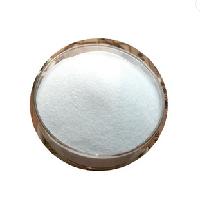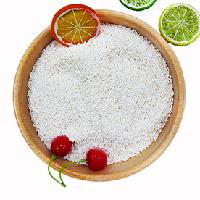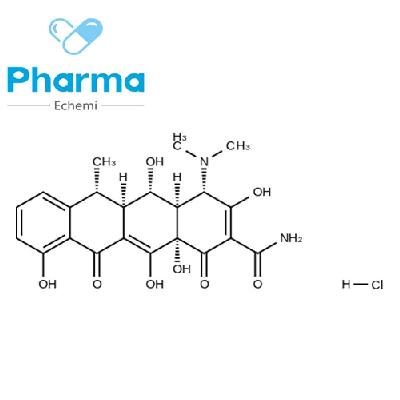-
Categories
-
Pharmaceutical Intermediates
-
Active Pharmaceutical Ingredients
-
Food Additives
- Industrial Coatings
- Agrochemicals
- Dyes and Pigments
- Surfactant
- Flavors and Fragrances
- Chemical Reagents
- Catalyst and Auxiliary
- Natural Products
- Inorganic Chemistry
-
Organic Chemistry
-
Biochemical Engineering
- Analytical Chemistry
-
Cosmetic Ingredient
- Water Treatment Chemical
-
Pharmaceutical Intermediates
Promotion
ECHEMI Mall
Wholesale
Weekly Price
Exhibition
News
-
Trade Service
In the waterproofing industry, we often hear the term rigid waterproofing and flexible waterproofing.
[I did not choose the base surface problems that would occur in rigid and flexible coatings]
The difference between flexible waterproof coating and rigid waterproof coating
Rigid waterproofing uses rigid materials such as concrete, sand and stone as raw materials, which are hard and not easy to deform
Rigid, waterproof, hard and non-deformable, with high shrinking tensile strength, compressive strength and a certain degree of resistance to penetration to professional capabilities, and long application time
According to the flexible waterproof architectural coating to isolate the safe passage of water, in order to ensure the purpose of the waterproof and impermeable grade of the construction project, the superiority lies in the convenient and fast construction of the building, the waterproof characteristic is good, and there is a certain degree of ductility
Applicable scope and applicable standards of flexible waterproof coating
Waterproof architectural coatings are currently the core method of decoration and waterproofing.
Flexible waterproof coatings are mostly used for waterproofing the walls and floors of houses such as toilets and their back water surfaces.
Before the ground construction of some newly completed houses, it is also necessary to do a closed water-tight experiment to check whether there is water seepage in the waterproofing of the construction project
If it is wall waterproofing, we should choose rigid waterproofing, because it is beneficial to attach wall tiles in the second half, and promotes the long-term durability of wall tiles







